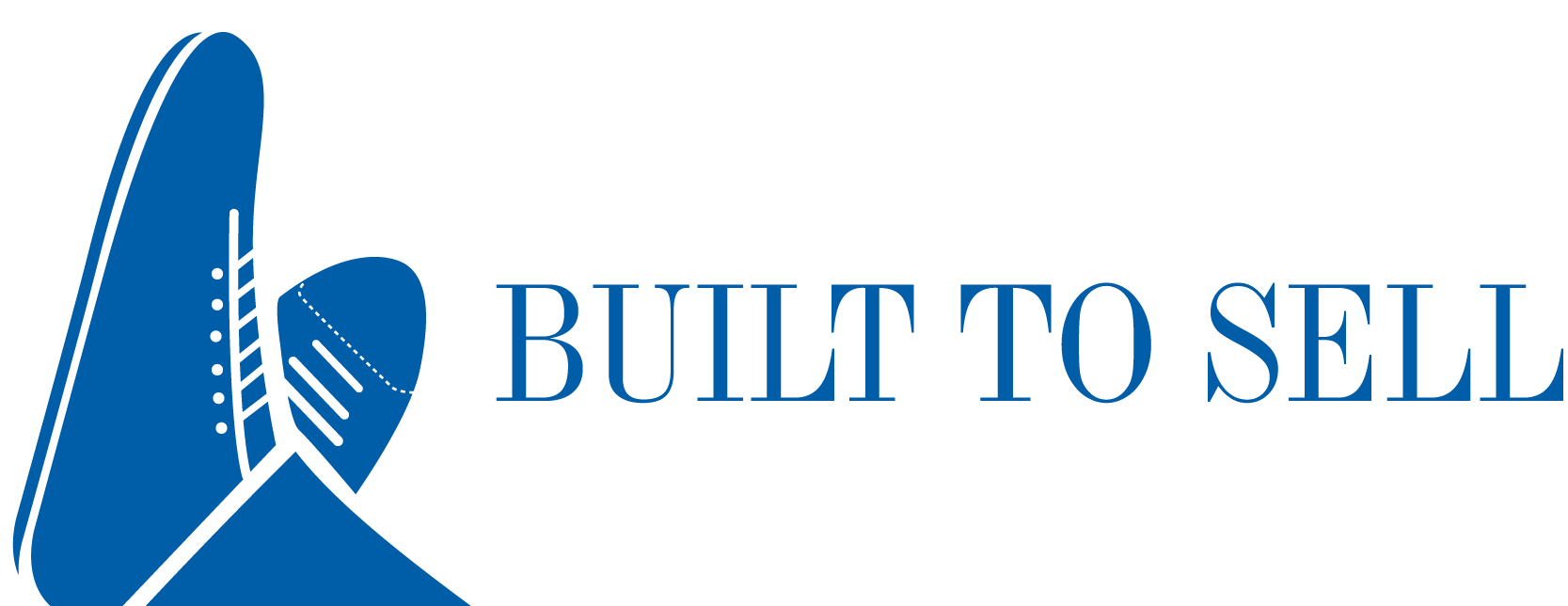If your goal is to build a more valuable company, stop selling your time.
Billing by the hour or day means customers are renting your time rather than buying a result, which means that your business model lacks leverage. To grow, you need to either work harder or hire more people. Since it can take months to ramp up new employees, fast growth is just about impossible.
Over at The Value Builder System™, we measure your company’s Growth Potential because it is one of the eight factors that acquirers look for in the businesses they invest in. Simply put, they want to know how fast they could grow your business, and nothing destroys your score on Growth Potential faster than hawking your time.
Billing by the hour also drags down your Customer Satisfaction scores — another of the eight drivers — because customers dislike the feeling of being nickel and dimed. They know you’re incentivized to lengthen the time a project takes, while they want a solution in the shortest time. This misalignment leads to unhappy customers, — which can destroy the value of your business.
Peddling time also invites competition. When you sell your time, you allow customers to compare you with others offering the same service. This can lead to downward pricing pressure and lower margins as you become commoditized.
How Likeable Media Stopped Selling Time
Carrie and Dave Kerpen started Likeable Media, a social media agency, in 2006. Facebook was emerging as a dominant platform, and marketers were trying to figure out how to monetize users of their platform.
The Kerpens started selling their time but quickly realized the limitations of an hourly billing model. They realized that customers didn’t want to buy their time. Instead, Likeable customers wanted to buy social content. Marketers wanted a video they could post to their Facebook feed or a blog post they could publish on their site.
The Kerpens decided to switch from an hourly billing model to the Content Credit System. They assigned each piece of content a number of credits. For example, a tweet might be one credit, a written blog post might be ten, and a video might cost twenty credits. Customers signed up for an annual allotment of credits they could roll over month to month.
The Content Credit System transformed Likeable Media for the better. To begin with, customers were no longer buying time. Instead, they were happy to pay for tangible output rather than trying to scrutinize an hourly bill. The credits also made it easier for Likeable’s Account Managers to upsell customers. They no longer needed to justify why a particular project would take more time. Instead, they suggested that customers buy more credits if they needed more content.
The Kerpens’ innovative billing approach also created recurring revenue because The Content Credit System relied on annual contracts renewed each year.
The Content Credit System also transformed Likeable’s cash flow because customers paid for their credits upfront.
Most importantly, the Content Credit System enabled the Kerpens to stop selling their time and build a team. By 2020, Likeable was up to more than 50 full-time employees when they caught the attention of 10Pearls, a digital strategy company which acquired Likeable Media for 8.5 times EBITDA, a healthy premium over a typical marketing agency.
The bottom line? If your goal is to grow a more valuable company, stop selling your time and start selling your customers’ results.



